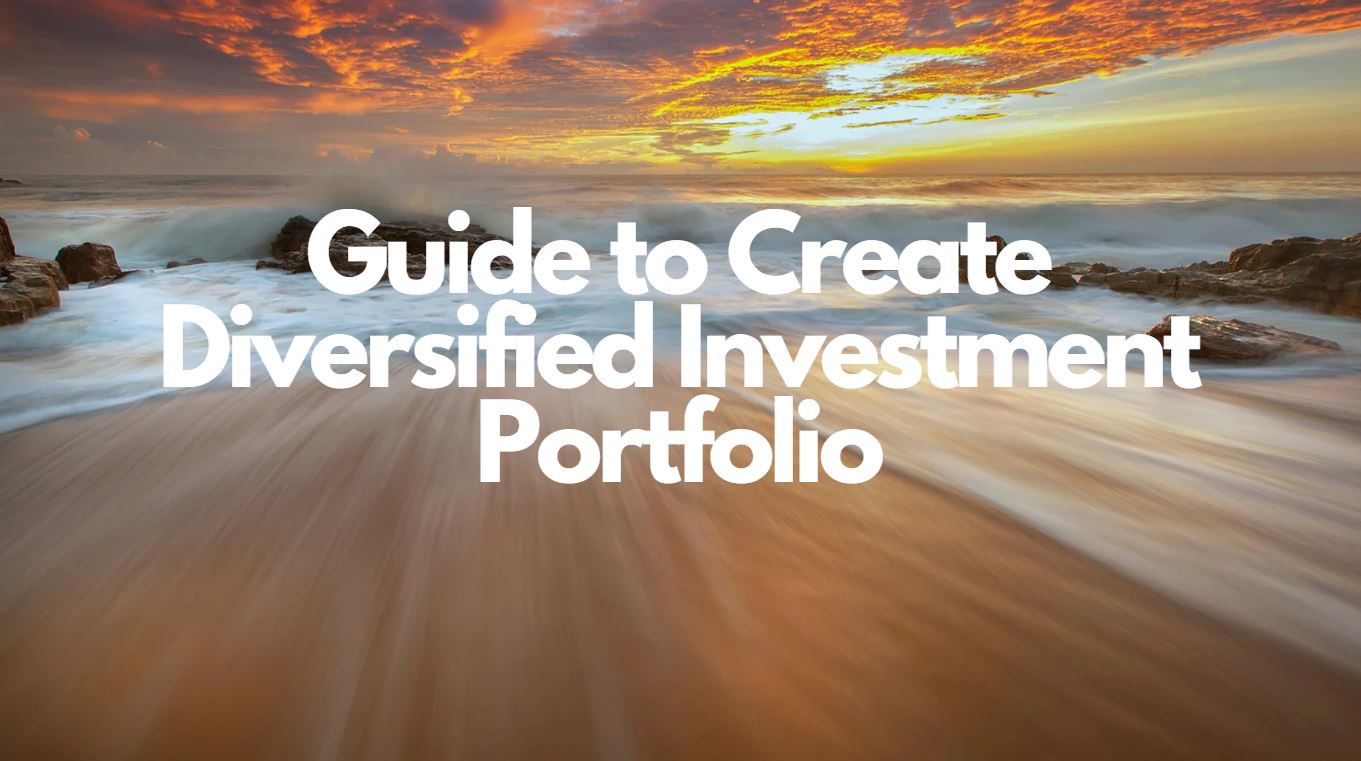Building a Diversified Investment Portfolio in 2024: A Step-by-Step Guide to Achieving Financial Freedom

In today’s fast-paced and ever-changing investment landscape, building a diversified investment portfolio is more important than ever. A well-diversified portfolio can help you navigate market volatility, minimize risk, and maximize returns. In this article, we’ll explore the importance of diversification, provide a step-by-step guide to building a diversified portfolio, and highlight the best investment options for 2024.
Why Diversification Matters
Diversification is the key to reducing risk and increasing potential returns in your investment portfolio. By spreading your investments across different asset classes, sectors, and geographic regions, you can minimize your exposure to any one particular market or sector. This approach can help you ride out market fluctuations and avoid significant losses.
According to a study by Vanguard, a diversified portfolio can reduce risk by up to 40% compared to a portfolio with a single asset class. Moreover, a diversified portfolio can provide a higher potential for returns over the long term.
Step 1: Assess Your Risk Tolerance and Financial Goals
Before building a diversified portfolio, it’s essential to assess your risk tolerance and financial goals. Ask yourself:
- What are my investment goals? (e.g., retirement savings, wealth accumulation, income generation)
- What is my risk tolerance? (e.g., conservative, moderate, aggressive)
- What is my investment horizon? (e.g., short-term, long-term)
Your answers to these questions will help you determine the optimal asset allocation for your portfolio.
Step 2: Choose Your Asset Classes
A diversified portfolio typically includes a mix of different asset classes, such as:
- Stocks: Represent ownership in companies and offer growth potential.
- Bonds: Represent debt obligations and provide regular income.
- Real Estate: Includes physical properties, real estate investment trusts (REITs), and real estate mutual funds.
- Commodities: Include gold, oil, and other natural resources.
- Alternatives: Include private equity, hedge funds, and cryptocurrencies.

Step 3: Allocate Your Assets
Once you’ve chosen your asset classes, it’s time to allocate your assets. A common allocation strategy is to assign a percentage of your portfolio to each asset class based on your risk tolerance and financial goals. For example:
- Conservative: 60% bonds, 30% stocks, 10% alternatives
- Moderate: 50% stocks, 30% bonds, 20% alternatives
- Aggressive: 70% stocks, 20% bonds, 10% alternatives
Step 4: Select Your Investments
Within each asset class, you can choose a variety of investments, such as:
- Index Funds: Track a specific market index, such as the S&P 500.
- Exchange-Traded Funds (ETFs): Trade on an exchange like stocks and offer flexibility.
- Mutual Funds: Actively managed by professionals and offer diversification.
- Individual Stocks: Represent ownership in specific companies.
- Real Estate Crowdfunding: Allows you to invest in real estate projects or properties.
Best Investment Options for 2024
Based on market trends and expert analysis, here are some of the best investment options for 2024:
- S&P 500 Index Funds: Track the performance of the S&P 500 index and offer broad market exposure.
- Dividend Aristocrat ETFs: Invest in companies with a history of paying consistent dividends.
- Real Estate Crowdfunding Platforms: Offer a new way to invest in real estate with lower minimums and greater flexibility.
- Gold ETFs: Provide a hedge against inflation and market volatility.
- Cryptocurrency Index Funds: Offer exposure to a basket of cryptocurrencies, such as Bitcoin and Ethereum.
Step 5: Monitor and Rebalance Your Portfolio
Once you’ve built your diversified portfolio, it’s essential to monitor and rebalance it regularly. This involves:
- Reviewing your portfolio: At least quarterly to ensure it remains aligned with your financial goals and risk tolerance.
- Rebalancing your portfolio: To maintain your target asset allocation and minimize risk.
Conclusion
Building a diversified investment portfolio is a crucial step towards achieving financial freedom. By following the steps outlined in this article and selecting a mix of asset classes and investments, you can minimize risk and maximize potential returns. Remember to monitor and rebalance your portfolio regularly to ensure it remains aligned with your financial goals.
Take Action Today!
Start building your diversified investment portfolio today by following these steps:
- Assess your risk tolerance and financial goals.
- Choose your asset classes.
- Allocate your assets.
- Select your investments.
- Monitor and rebalance your portfolio regularly.
Share this article with friends and family to help them achieve financial freedom.
Share Your Thoughts
What are your favorite investment options for 2024? Share your thoughts and insights in the comments below.
Don’t forget to follow us for more investment insights and advice!

